Exclusive Licensing Contributor Brandon Simmoneau, a hearing-impaired photographer based in Ozark, Missouri, uses photography as a creative outlet and a form of expression. His work provides a visual representation of masculinity and masculine identity, breaking the metaphorical line between masculinity and femininity.
Brandon is currently judging a Quest on 500px. Submit to his Quest here.
Q. Tell us a little bit about yourself.
A. My intention is to share what I see in the world, the natural beauty of all things from the ordinary to the profound. The irony is that through my lens, I often find the harmonic quality of coexistence. The practice of seeing the light and dark is more a matter of perspective. With an open eye, I attempt to capture elements of nature beyond the realms of taboo.
I search for the unveiled freedom beneath our cloaks of ignorance and fear. Sometimes I look for something I wish I had myself. This seeking fulfills that void and steers me to become more whole. Instead, I learn not to covet, but to manifest.
Photography is my practice of gratitude when my words are difficult to reign in, and the voices all drown each other out. It’s a visual prayer. I ask to confront our hope, our fear, our shame, our vulnerability, our true, untainted love. I ask to evolve.
Q. In your bio, you mention going beyond taboo. What concepts do you aim to shine a light on and help to redefine?
A. I aim to shine a light on topics that have personally hindered my life and the life of other queer men that I have encountered.
Some of the topics that I have explored in my work so far include readdressing the identity of masculinity by showing an increasingly diverse range of more masculine-presenting queer men, adorned in tutus. I find that many queer men face the same stigmas as heterosexual men in regard to the presentation of masculinity. We are shamed by society for not desiring to do traditionally masculine things and therefore deemed less than a man, and the worst part is that it is still very prevalent within our own culture.
As a child, I wanted to be a ballet dancer, but my father would never have let me, due to his fear that I wouldn’t be accepted. I know many queer men that experienced similar circumstances, so this series was a way for me to depict the little boy in all of us longing to follow our hearts’ desires regardless of social restrictions and stigmas.
Another topic I explore is shame around the nude body. I was wanting to find a way to make my subjects more comfortable shooting nude to show them the beauty that I saw. I began building these origami masks to offer a sense of anonymity, and in the process, it gave the subjects a kind of alter ego in the form of a “spirit animal” of sorts, and the photos told a whole new story.
Some of the subjects I chose, especially the female subjects, had deeply moving experiences while we shot. It seemed foreign to one subject for my male partner and me to create a safe space for her, where we would capture the beauty of her nude body without reducing her to a sexual object. She said she had never experienced that before, which made her very emotional, and she attributes some of her healing to that day.
The masked photo series was one of my first experiments and it proved to me that a photoshoot could be used in various ways to learn through connection by exploring taboos in order to break stigmas, connect me to my community (which can sometimes be a challenge with my hearing), and even foster a space for healing when the intention is there.
Q. What is your favorite type of shoot, and why?
A. My favorite photoshoots have been the men in tutus. It hit close to home, as I explained before, so I learned a lot about myself and the subjects. It gave me a small glimpse into the deep psychology of gay men.
The actual spark for the visual concept was inspired by the movie, The Danish Girl. There was a scene with Eddie Redmayne and Alicia Vikander, where they both were painters, and the wife, Alicia, asked the husband, Eddie, to substitute for a ballet dancer who was late to model for a painting. She gave him a beautiful dress for him to hold on top of his body, and it was that very moment where he finally confronted his gender identity. This moment alone caused a series of occurrences that helped him to get in touch with his feminine side by sneaking away to a ballet studio to try on dresses where he began imagining himself as a woman. It was based in Copenhagen in the 1920s, so it was a crime to be gay or anything other than straight, even worse to be transgender.
I wanted to play with masculinity and femininity and show what it is like to let go of the ego, which I consider masculine, and get more in touch with the innate feminine, which I consider the more loving and nurturing side.
Even though Eddie was transgender, it was liberating for me and my subjects to explore our feminine sides after hushing our innocent desires for so long. The liberation was palpable, and all I had to do was capture it to share with the world.
Q. Your work features a focus on body and form, driving a positive message of acceptance and physical strength. Do you feel your yoga practice has played any role in your affinity to shoot this type of content?
A. Yes, to some degree, yoga informs most things I do now. I consider yoga to be the closest thing I have to a religion. It’s a practice I use to center myself and expand my capacity to handle my day-to-day life with grace. When I practice, it slows my mind, which often spirals out of control with all of the unnecessary and fearful thoughts that prevent me from reaching my full potential. I try to meditate before a shoot by repeating a mantra, or I just hang out on my mat as a safe space and set my intentions.
I often battle these thoughts of not being able to communicate fully with my models because of my hearing ability. I think “Will this person understand me?”, “What if there was a misunderstanding and it got to the point that the whole shoot was a failure?!”, and “Am I a failure because of it?” and so on.
Yoga is a great practice for me to reign it all in and practice letting go of my ego, so I can capture the moment and not be in my head. Yoga has proven to me that setting an intention and actively recommitting to that intention will consistently bring everything back to center.
Q. How do you go about sourcing a location?
A. I find locations mostly through word of mouth and trial and error.
When I first moved to LA, I shot with one model the first couple of times, and the social media exposure from those shoots brought me to new models who knew the area better. I learned from them and other photographers.
I often try and keep an eye out on their Instagram stories to see where they are, and then I’ll do some research and check it myself. There are beautiful locations everywhere. It’s really about paying attention when I’m out and about and sometimes pulling over somewhere and visualizing the model in the space.
Q. What significance does location play when you develop a shoot?
A. The location has to be beautifully lit. I always keep my eyes out for the natural sunlight itself, it always lights up my models beautifully, but it’s also a challenge because I’m picky about the background so to have both of those in mind is challenging. The perfect vivid background paired with beautiful natural lighting makes the models stand out. It may sound weird, but I like it to look like a children’s pop-up book.
Q. It’s important to show photographers with a range of abilities. Can you describe how living with a hearing impairment/deafness has enhanced your art?
A. I think it really heightened my sight. I have the ability to turn off the sound by taking off my cochlear implant and sharply focus. It’s also combative because it even allows me to hear my thoughts, and sometimes the thoughts are too loud for me to focus, which is again why I try and meditate beforehand.
My advice would be for those who are able to hear, to try and ignore the surrounding noise and really focus on being in the present and hearing your own inner voice guide you through the shoot. It’s not easy, but it’s like riding a bicycle, keep riding until you get good at it.
Q. What trends within the representation of minority groups and commercial photography are you starting to see emerge? Do these trends apply to your images?
A. I see everyone exploring the feminine and depicting diverse gender expressions, especially within the LGBTQ+ community.
When I was a kid, I never saw men kissing each other anywhere, especially in advertisements, commercials, tv shows, or even movies. Now I’m seeing the art of drag being normalized and RuPaul on the side of city buses in a bedazzled leotard, and appearing in drag is everywhere in mainstream pop-culture.
Gender fluidity is everywhere from airline safety videos to Pepsi commercials. I now see men being intimate with each other on public tv, and transgender people are being recognized and normalized for the first time in modern culture.
All of this change requires being in touch with the feminine side, shedding the fear and ego, and standing strong and being true to yourself and in turn, everyone else. Toxic masculinity, which sometimes manifests as ego/defense mode, rage, etc., is what has been glorified as strength and in turn, led society for a long time now, but I believe that is shifting right in front of us.
I wanted to be a part of that change and allow my subjects and my images to show what it’s like to be free of ego. I also worked to be racially inclusive, as well. I know what it’s like to be underrepresented, so I do what I can to treat others the way I want to be treated, seen, and heard.
Q. Where would you like to see commercial photography go in the next five years? How do you feel you can help influence this?
A. I feel like I am working hard to be the change I want to see, as Gandhi said. I hope media continues on the inclusive path it is on currently.
I think we need to focus on getting more diverse people behind the cameras as well, to help broaden the perspective and to better depict more authentic stories that will subsequently speak to an even more diverse array of people.
I am currently working with my network here of deaf queer creators in LA to start a media company that will focus on issues and projects close to our hearts, that will also be accessible. Accessibility is an issue for me, even to this day I struggle with being able to access a lot of media.
Q. What is next for you?
A. I just transferred my college credits to Santa Monica College, where I will continue my studies in photography and cinematography to help build my skillset and network. This will give me the tools to scale my projects and ideas to have an even bigger reach and impact.

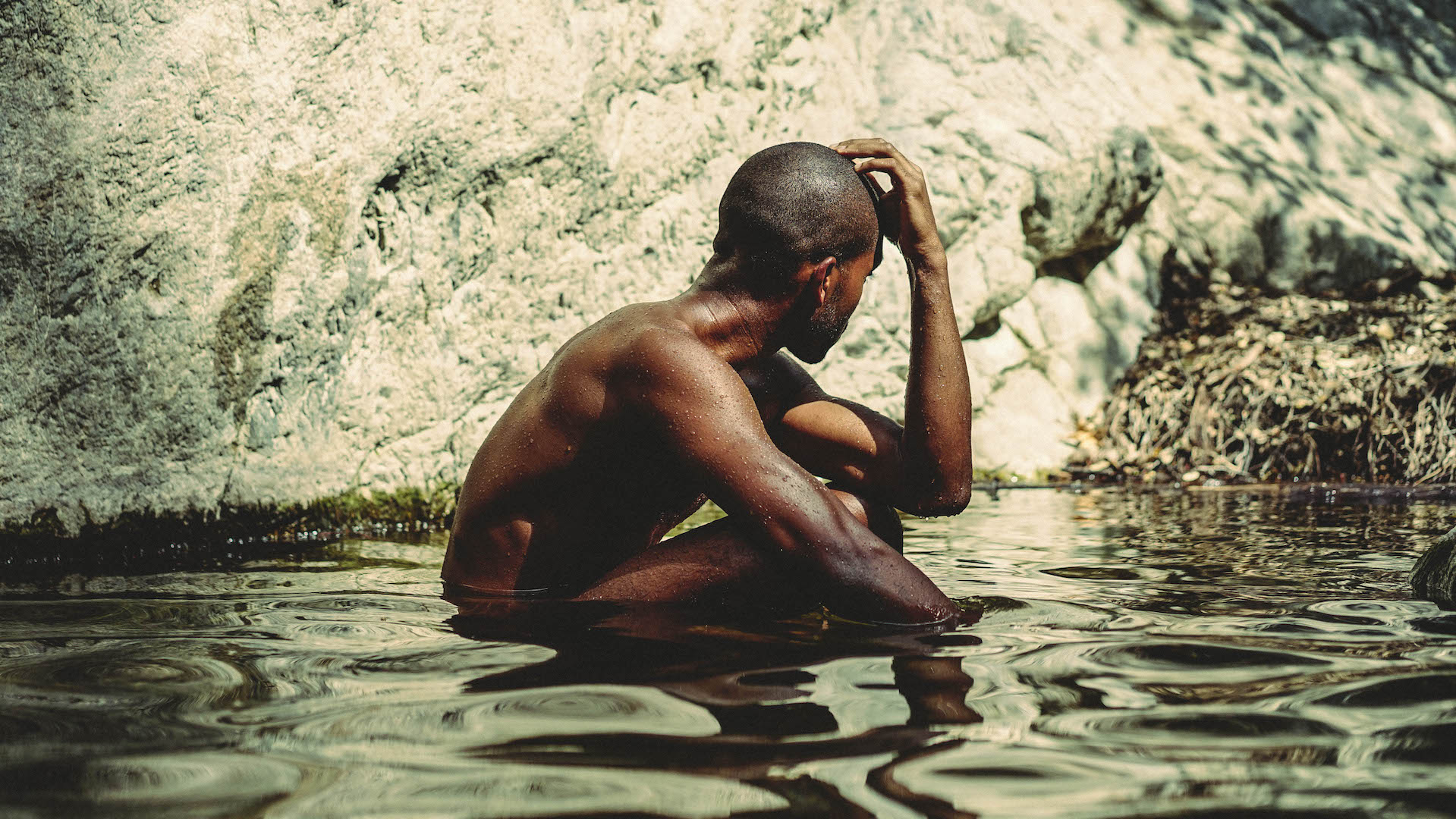
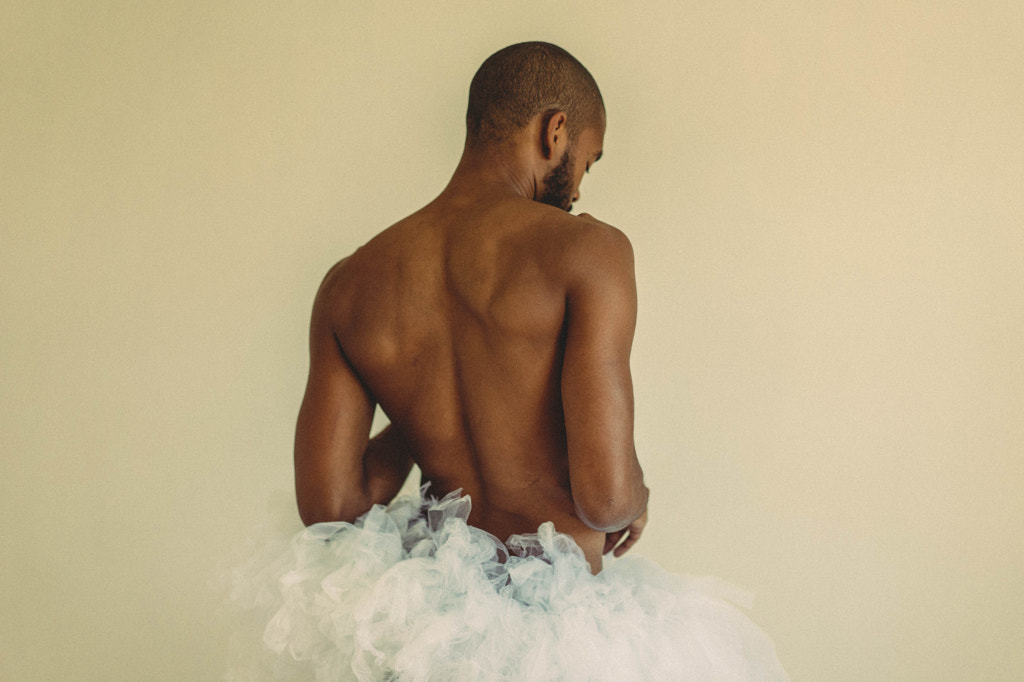
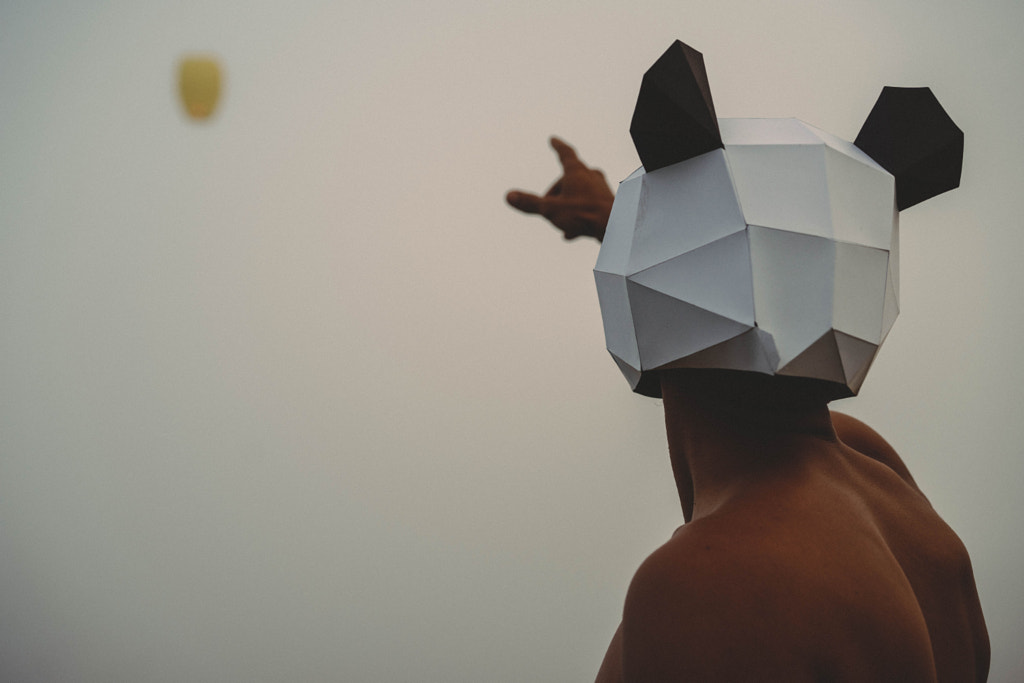
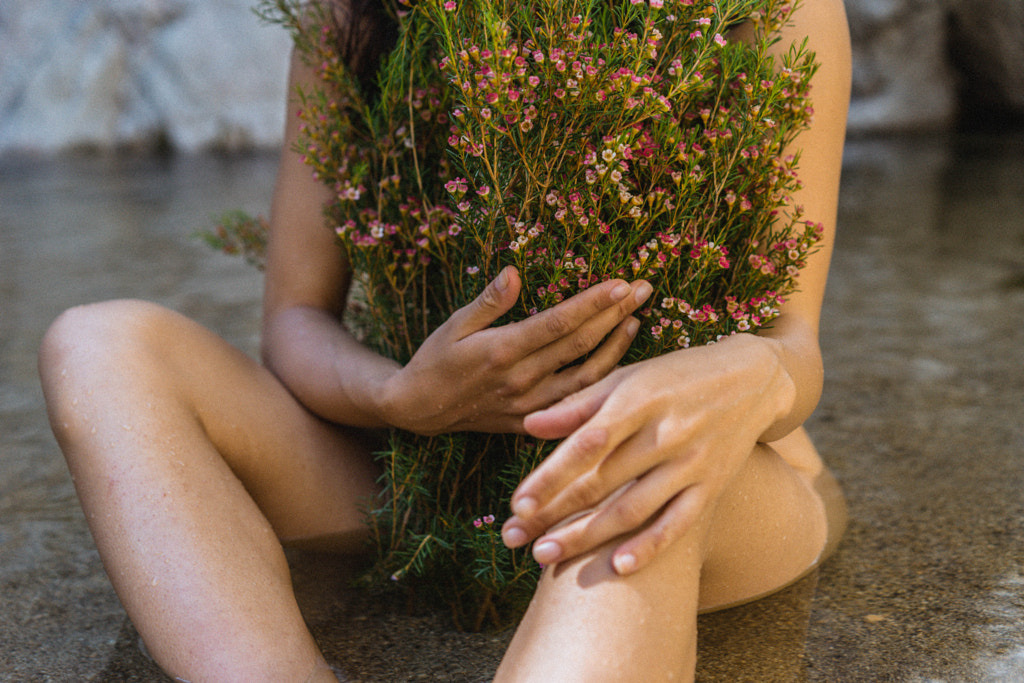


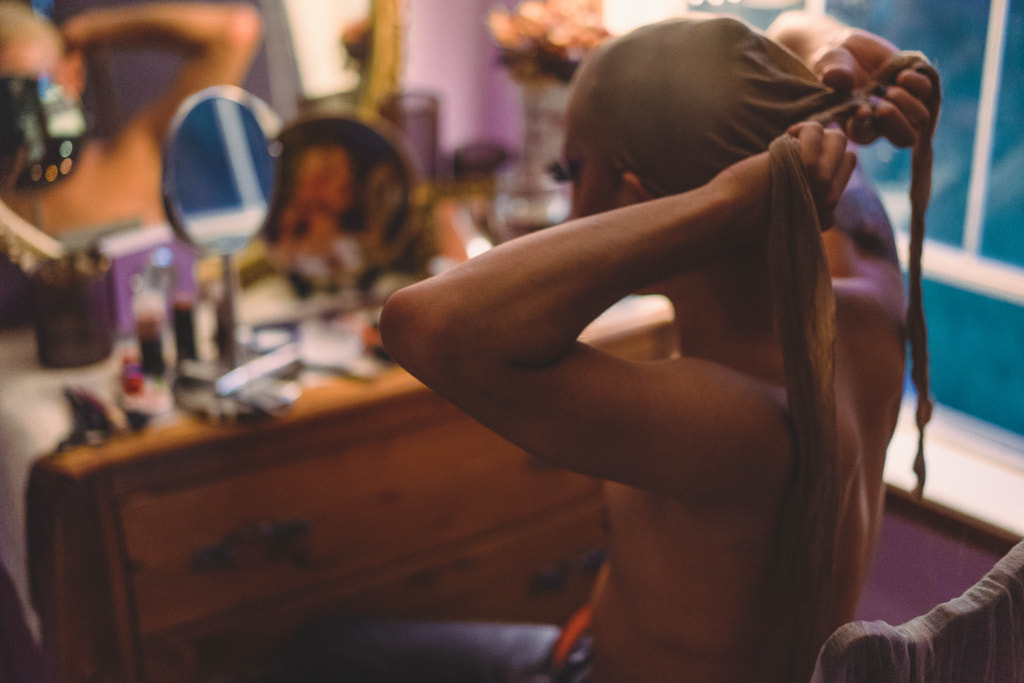
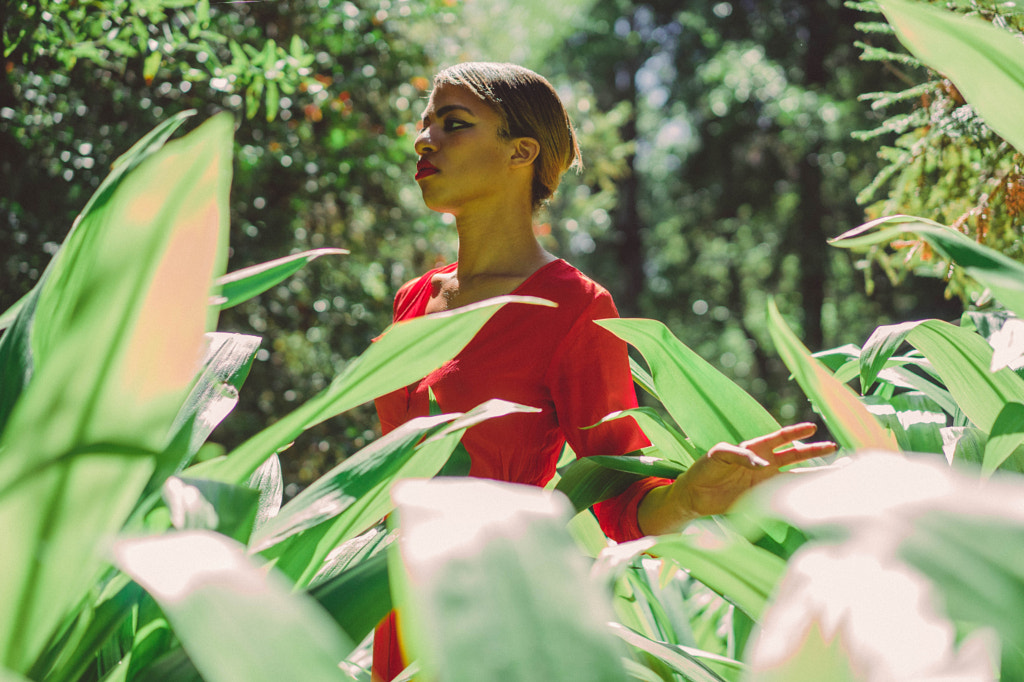
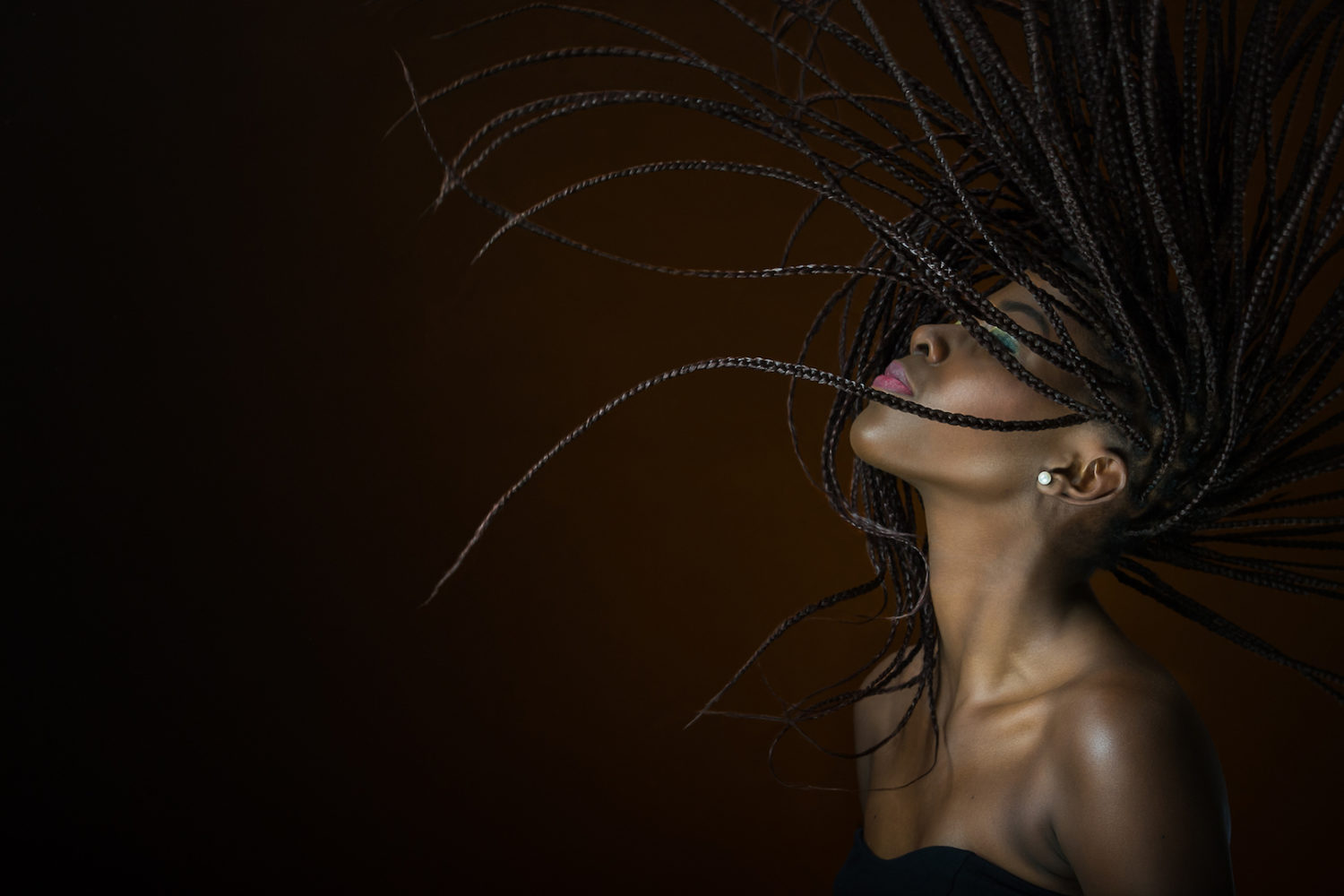


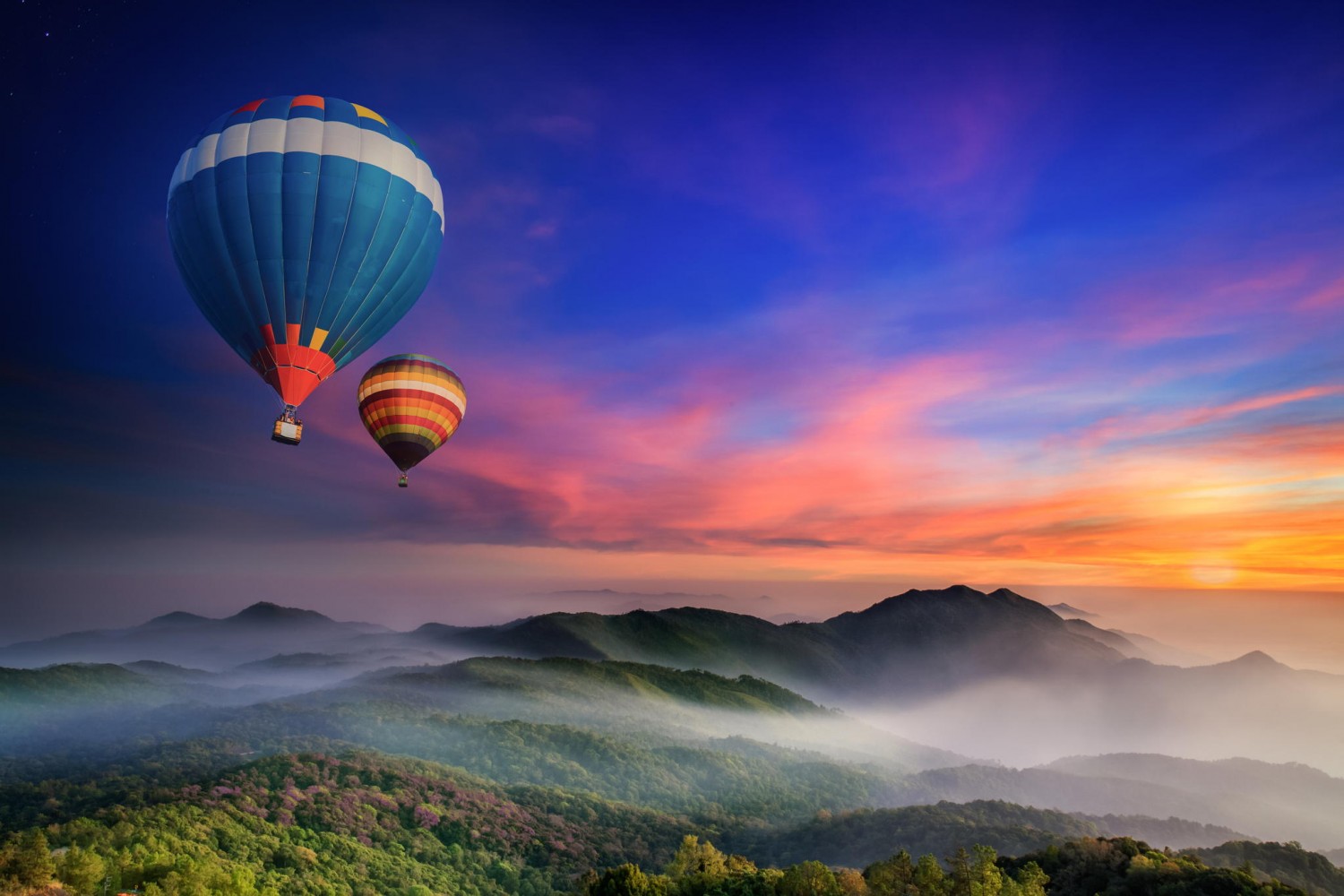
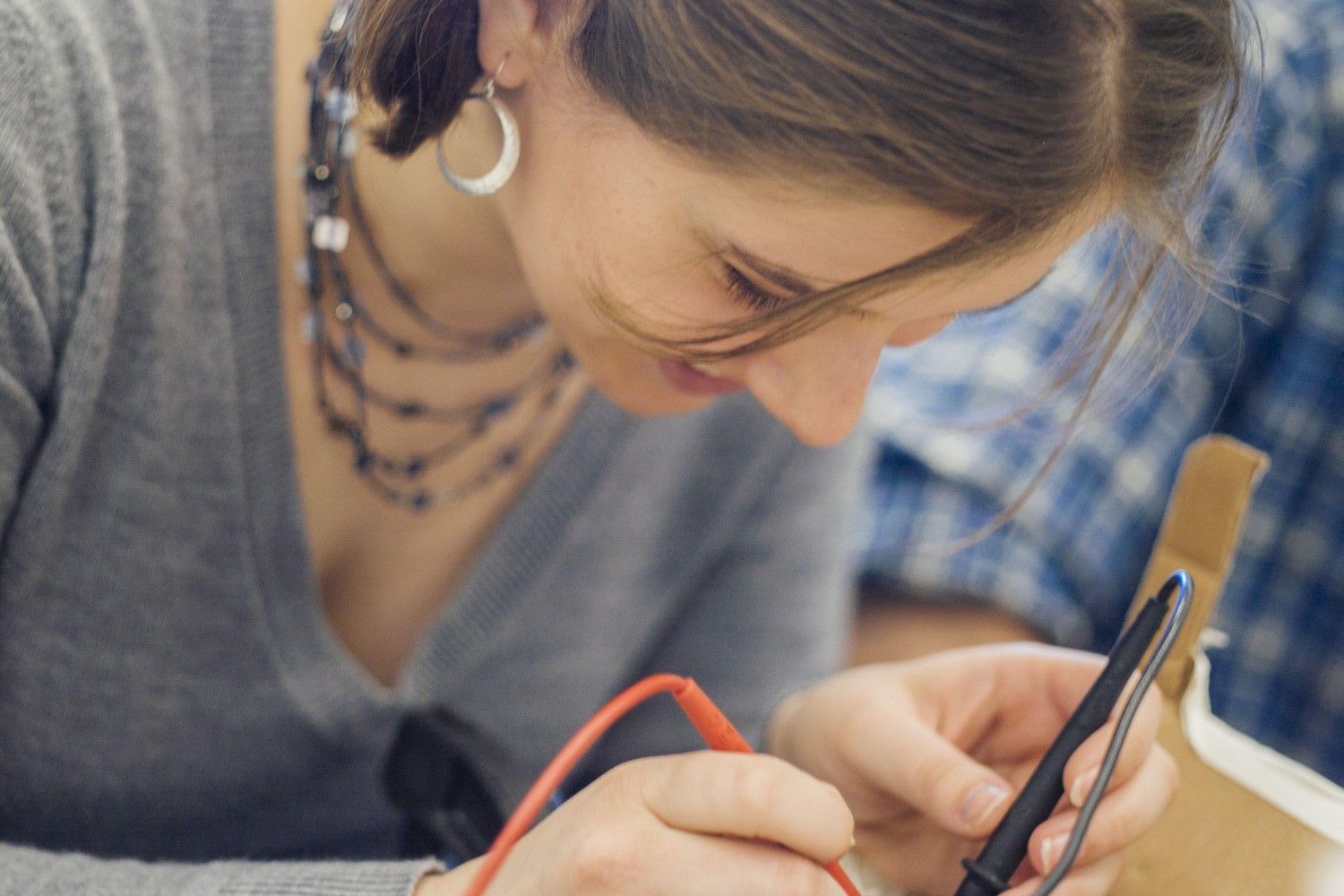
Leave a reply